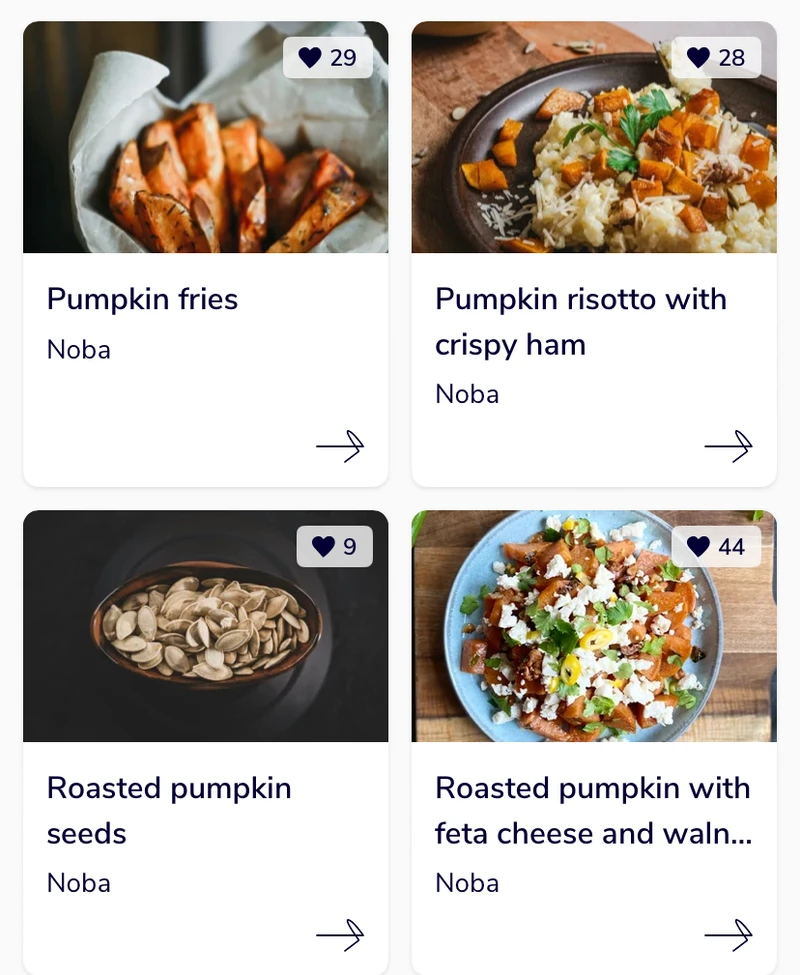
Pumpkin on the low FODMAP diet 🎃

Did you know that the word “pumpkin” originally means “large melon”?
Pumpkin is an exciting ingredient with a long history and many uses. Roasting or baking pumpkin brings out its sweetness and makes it soft, which makes it a great side dish for meat and fish - and perfect for delicious autumn stews.
Here you can read more about this colorful vegetable and what to keep in mind if you or someone you know is following the FODMAP diet 🎃
You’ll also find more pumpkin recipes in the app – just search for “pumpkin” under recipes.
A nutritious vegetable
Pumpkins aren't just decorative; they are also an excellent source of protein, dietary fiber and several important vitamins. Even the classic Halloween pumpkins, often considered "decoration pumpkins", can be eaten - and their seeds taste amazing when toasted with a little salt! You can find the recipe for this in the app 👩🏽🍳
Types tested in the laboratory
Did you know that there are many different types of pumpkins? The different types of pumpkin tested by Monash include:
- Spaghetti squash - Low FODMAP at 75g
- Sugar squash - Low FODMAP at 46 g
- Butternut squash - Low FODMAP at 63g
- Acorn pumpkin - Low FODMAP at 54 g
- Japanese/Kabocha/Kent pumpkin - Low FODMAP at 75 g
- Delicata pumpkin - Low FODMAP at 49 g
- Jarrahdale pumpkin - Low FODMAP at 75 g
In grocery stores, butternut squash and sugar squash, also called sweet cooking pumpkin and looks like a small halloween-pumpkin, are the most common to find, along with the usual decorative pumpkins for Halloween.
Have you completed the strict phase of the low FODMAP-diet?
Feel free to experiment with other types of pumpkins that have not been tested by Monash!
Recipes you will find in the app:


